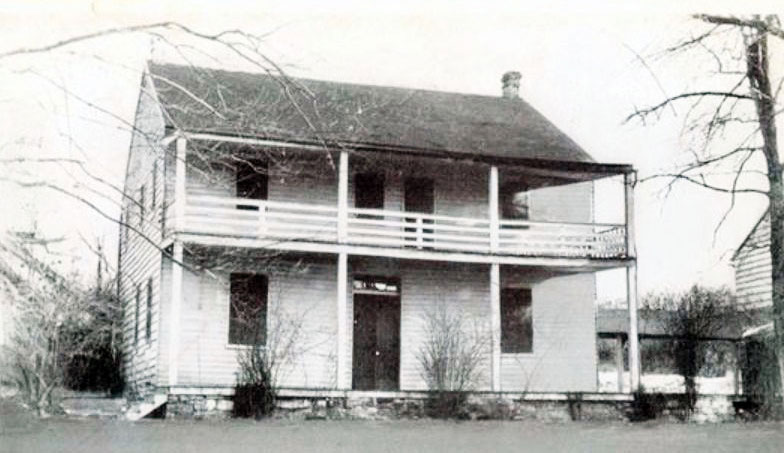The Year is…1925
The Summer Blue Ridge Summit Burned
Blue Ridge Summit was not a heavily populated area in 1925. Only a few hundred people lived there year-round, but that summer the small community suffered three fires that caused a lot of damage to the town.
On June 16, the engine house of the Monterey Hotel caught fire and burned to the ground. The loss was put at $1,000 (roughly $13,500 in 2016 dollars).
Three days later, the Chambersburg, Greencastle and Waynesboro Trolley station caught on fire. Luckily, there weren’t any people there. Trolleys had been slowly falling into disuse as the popularity of cars grew. The Chambersburg, Greencastle and Waynesboro Trolley would end its service in 1928.
“The fire at Highfield Tuesday completely destroyed the confectionary store, pool room, and barber shop owned by John Flautt, adjoining the station,” the Hagerstown Morning Herald reported.
The fire department responded as quickly as it could and Rev. Charles Niles, rector of the Episcopal Church drove the fire truck. The problem was notifying enough people that help was needed to fight the fire. The Gettysburg Times called the alert system inadequate. “The old fire rings, huge iron circles with iron hammers, which were placed at various points on the mountain years ago, are now overgrown with weeds and brush and are practically useless for putting in fire calls,” the newspaper reported.
The blaze was out of control by the time the firemen arrived and they concentrated on keeping the fire from spreading to nearby homes and businesses.
The trolley station suffered $1,000 in damage, while Flautt had $2,500 in damage. It also caused some of the few businesses in the town to be closed for a time.
Both of these fires were reported as being suspicious in origin.
Then in the afternoon of July 13, the shout of fire went up in one of the oldest boarding houses on the mountain, according to The Gettysburg Times. The boarders quickly left except for Bertha Barr who was ill and couldn’t leave her bed.
The fire department responded as quickly as they could to the scene.
“Fighting their way through stifling smoke and flames to the third story, J. M. Detrow and Dr. H. C. Bridges, of Blue Ridge Summit, yesterday afternoon rescued Miss Bertha Barr, of Baltimore, from a fire which destroyed the boarding house owned by Mrs. Mae Truitt, for a time threatened the heart of the fashionable Blue Ridge Summit summer colony, and fought by a bucket brigade including girls summering at the resort,” The Gettysburg Times reported.
The entire building burned to the ground in half an hour. Sparks from the fire set a nearby vacation lodge on fire and threatened to catch other buildings on fire, but the Waynesboro Fire Department arrived on scene and helped the Blue Ridge Summit firefighters get the fire under control.
The boarding house had recently undergone a number of repairs and was valued at $18,000 (roughly $244,000 in 2016 dollars). The loss was only partially covered by insurance, and Truitt had a loss of $12,000. The fire was believed to have been caused by a defective flue in the chimney by the roof.
If there was a silver lining to all of the fires that summer, it is that enough money was raised to purchase a new siren for the Blue Ridge Summit Fire Department.
“It was bought after several destructive fires had threatened the entire mountain settlement because of an inadequate alarm system,” The Gettysburg Times reported.
The new electric alarm weighed 550 pounds and was installed on a steel tower in the plaza at Blue Ridge Summit in mid-August.

The Monterey Inn suffered a major fire in 1925, one of three large fires that summer in Blue Ridge Summit.



